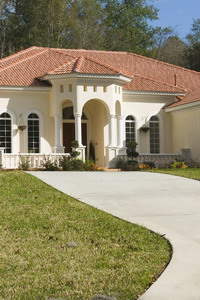 |

A leaky roof can be quite an annoyance. In some occasions, a simple roof leak can be dealt with easily and efficiently without the assistance of a trained professional. In this Do It Yourself Roofing guide we'll explain how to fix a common roof leak all on your own.
Required Equipment:
Steps:
Metal roofing is available in a wide variety of materials, including steel, zinc, polymer, aluminum, copper and more. Each metal varies in its performance and aesthetic features, and is designed to fit different roofing styles. Hence it is important to know which metal is most suitable to your roof before installation. This guide is relevant for both aluminum and copper shingle installation.

|
From residential to commercial roofing, we provide all roof installation and roof repair services for flat and sloped roofs.